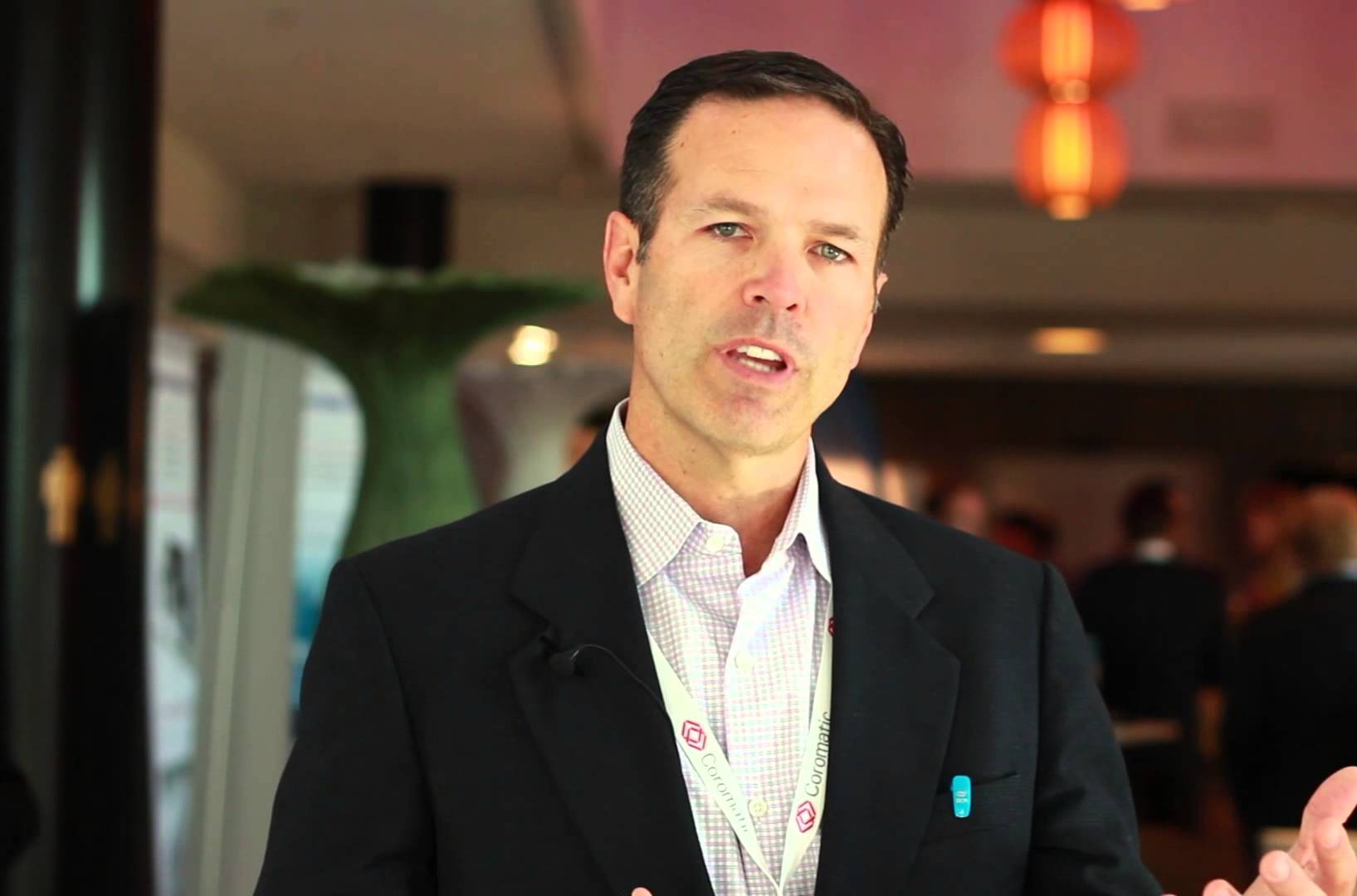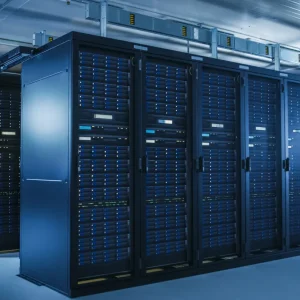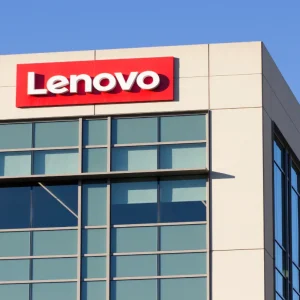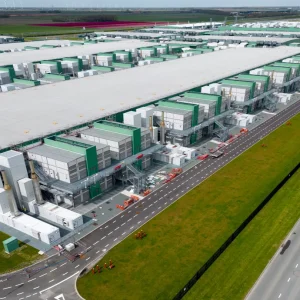
The green data centre market is predicted to boom, with this space expected to reach revenues of £143 billion by 2022, up from £17.9 billion in 2014.
We are now living in an age where everyone and everything is connected, whether through an IoT device or service. Consequently, this is putting huge amounts of pressure into the data warehouses of the world, aka data centres.
With internet and storage needs rising significantly on a yearly basis, data centres are growing, with more servers being added in and bringing with them more power-hungry applications that also push cooling to the limits.
The solution? The adoption of green renewable energies, such as solar, wind and wave. How to get there? Through governmental tax incentives.
That is according to Intel’s GM for data centre solutions Jeff Klaus who spoke to CBR ahead of the Green Data Centre Conference held in San Diego this week.
"Adoption of green data centre solutions in 2016 is going to vary by country not by players," he said.
"The countries that see more tax incentives will see more growth in this space. There could be an inorganic adjustment to the growth of renewable energy based on what legislation can do."
In the UK, for example, more 100 data centres, including those from Digital Realty, Equinix and IBM, have qualified for government tax breaks on environmentally friendly approaches to powering their hubs.
Downing Street created the Climate Change Agreement (CCA) in 2001, however, only in July 2014 data centres were accepted as part of the energy intensive industrial users list.
Klaus said: "Some countries are forcing this by creating tax systems that require operators to monitor in a more efficient way, and there could be tax incentives there.
"Whether it is Australia or Ireland, there have been some areas where you see leadership in those countries. That forces the education where operators have to go and seek out that information without necessarily waiting for someone to knock on their door, like a consultant saying that he can help in a certain area."
He said that any business person would never encourage a tax and that the best way to describe it really is to offer an incentive and the incentive path is a much more natural way of taking on a COO, or someone that cares about performance versus cost, and saying "we can take advantage of this incentive and make the business go in that direction".
"And that is absolutely a more appropriate way for people to educate themselves into making distinctive actions rather than a more social responsible path that seems to encourage the leaders in the industry to continue to lead, but I am not sure if it really brings along the mass bulk of the operators along with them."
According to Klaus, most leaders have already taken steps in the green direction; "we are years into seeing proof-points from Facebook, Microsoft and even Intel".
"The leadership has already left the gate, it is just a matter of that being an important contributor from a customer selection perspective."
He said that when looking at a colo and looking at the main service provider this is one of the criteria in addition to the cost, and that that is where we will start to see social responsible selection occurring with customers that have "sort of circled" this down from the top leaders.
"This top leaders include Amazon, Facebook, etc for who there has to be a competitive advantage. You also have to maintain your status quo in order to maintain your customer base to be on par of these competitors that have gone ahead of others."
However, many operators in Europe are still struggling to even understand where to start with the green data centre investments.
According to a recent report from The Green Grid, 43% of European hubs have no energy efficiency objectives in place for the design and operation of their data centres.
Only 29% of the 150 IT decision makers said they are able to entirely quantify the environmental impact of their data centres.
Klaus said: "Most data centres are focused on maximising their workloads efficiency and trying to get some baseline understanding of how much power they are using and some tools around measuring their existing activity.
"If they have not got through that first step then it is hard to layer additional complexity on top of it.
"The first step we recommend is always to start measuring and understanding their baseline before they can layer on use case initiatives. It is likely that it is a problem to make a blank statement on where you want to be. Some operators might be a couple of steps behind that The Green Grid would have expected them to be."
Yet, the European Commission has set out its vision for data centres to be at least 80% powered by renewable energy by 2020.
"There is kind of continuum of the progress of a data centre operator where they need to migrate from tools that may be rudimentary, like using spread sheets, to something that is more automated from a motoring perspective," Klaus said.
"For someone to assume that one will go and look at renewable energy from those early touch points is unrealistic. They need to be given time to cross a maturity level to the point where they can further automate some of these collection mechanisms and start orchestrating and making sense of that data before they can start layering on renewable energy alternatives."
When looking into switching to renewable powered facilities, operators have been faced with some challenges. Klaus said that mostly, there have been challenges around the costing out and anticipating savings.
He said that when one looks at solar energy, for instance, coming from the top of the building or coming from other office buildings that may be adjacent to the data centre, doing those cost analysis are always based on assumption, "there is a level of trust that you are going to have to have that you are going to be able to price this out".
Colos and Greenpeace
Elsewhere, operators from both collocation and internet services, are being urged by organisations such as Greenpeace to adopt green energies as CO2 emissions soar worldwide amid intense and growing internet use.
According to the environmental organisation’s "Clicking Clean: A Guide to Building the Green Internet" report, clean energy investment needed to address climate change will rise from $310 billion in 2014 to $500 billion and $1 trillion in 2020 and 2030 respectively.
However, Klaus played down the effectiveness of such warnings.
"It might cause a company to take a second look if they see unusual activity or something that is bringing this to light. That is the point of some of these protests, just to make people aware.
"Yet, it all will comes back to being a business decision and understanding the economics are for the company."
According to Klaus, despite being a business decision some want to be known for the social aspects of their strategy.
"There are guidelines in companies that extend their leadership position even from an investment perspective because they are seen as social leaders, or environmentally responsible leaders.
"There is an indirect economic benefit, but mostly they prime themselves on the creative and leadership position that they are taking in that area."
Despite all the reports, tax incentives and even protests, another important driver to the adoption of green data centre technologies is the competitive nature of the business.
Klaus said: "Right now it is pretty much a land-grab as far as colos and managed service providers are concerned: how can you get as large as you possibly can in the shortest amount of time?
"There has been a lot of consolidation in the business recently and there will continue to be consolidation. I see a competitive aspect of this too [in the appearance of green data centres], to try and keep up with the leaders in the business. And there is an opportunity for smaller players too."







